Photo by Niki Nagy from Pexels
Storing pots and pans may be one of the biggest pain points in any kitchen. Part of the reason for this is that it can be so easy to accumulate them. Once you have them it’s easy to persuade yourself to keep them because “they’re practical”. Resist the temptation. Instead, ask yourself what pots and pans you really need.
The basics of pots and pans
Pots are tall and have two handles, usually made of looped metal. They are typically used when cooking with liquids. Pans are shallow and usually have just one handle. They are typically used when you want to get heat over a wide area quickly. Both pots and pans can come with or without lids.
These days, there is a huge variety of pots and pans on the market. When you take a close look, however, they almost inevitably fall into one of four main types. These are multipurpose pots and pans, basic pots, basic pans, and specialist pots and pans. Here’s a quick guide to what you need to know about them.
Multipurpose pots and pans
For years, the wok has reigned supreme as the ultimate multipurpose cooking tool. It has deep sides but a wide base together with a long handle and a looped handle. It usually comes with a lid although you can buy woks without lids. Basically, it’s a combination of a decent pot and a pan and as such, it can handle anything from crispy pan fried chicken breast to soup.
The wok is still going strong and looks set to do so well into the future. Now, however, it’s coming up against competition from other multipurpose pots and pans. These generally take the basic principle of the wok but improve on it in some way.
Often, the improvements are more about aesthetics than functionality. This, however, can be important for some people. For example, if you’re in a small home, you may need to store your pots and pans out in the open. Alternatively, you may just find that looking at attractive cookware helps you to get motivated to cook even when you’re tired and/or busy.
Basic pots
Up until fairly recently, a family kitchen wasn’t complete without a stockpot or a Dutch oven. Even young adults without children often preferred to have one, especially if they liked cooking. These days, however, the situation can be a little more interesting.
If you have a family home and you like to cook a lot of soups and stews, then a stockpot or Dutch oven is still a must. For everybody else, however, a multicooker is often a more practical option. Multicookers can essentially be used as self-heating stockpots with timers. They can also be used for several other purposes, including pressure cooking.
Basic pans
Pans are probably the biggest source of grief in any kitchen. You can just buy so many of them for so many purposes and in so many sizes. Realistically, however, the finer nuances between certain types of pans are probably going to be completely lost on the average home cook.
For example, the only difference between a saute pan and a saucepan is that saute pans have shorter sides. This makes it easier for liquid to evaporate. If you know you’re going to do enough cooking to need two pans, then it can make sense to have a saute pan and a saucepan. If you don’t, however, then you can generally use them interchangeably.
Neither saute pans nor saucepans are good swap-outs for pans designed for frying. These include frying pans, skillets, and griddles. Most of these pans will, however, swap out for each other. Again, if you really need multiple pans for your cooking then it can make sense to have one of each. If you don’t, however, then just stick with a regular skillet.
Specialist pans
There are numerous specialist pans you can buy. These are generally to cook famous dishes from a particular cuisine like tagines (Morocco), paella (Spain), or fondue (Switzerland). If you love making that dish then they can be a great investment. If, however, you only make it occasionally, then your usual pots and pans will do just fine.
In fact, for most people, there are really only two specialist pots and pans that are worth considering. These are egg pans and pressure cookers. As their name suggests, egg pans are used for boiling eggs on the hob. They’re very small so they heat up quickly and use minimal energy.
Pressure cookers use pressure to cook food very quickly while preserving its nutrients. They can take a bit of practice to use but the effort can definitely be worth it. These days, a lot of multicookers also work as pressure cookers. This can make them even better investments.
This is a collaborative post.


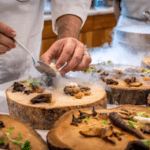
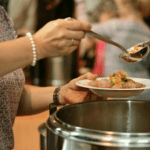

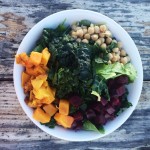
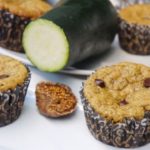
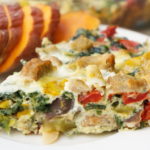

Leave a Reply